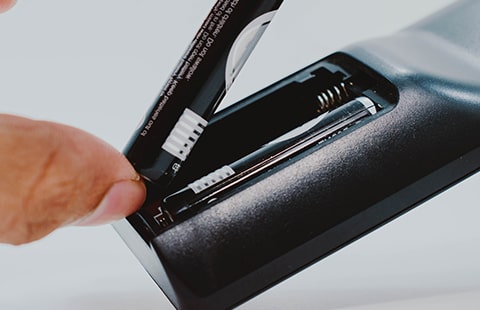Get unique, complex parts easily. No matter your requirements, Chaoyi Spring creates hard-to-produce coil springs and wire forms.
Let us help you create the custom wire form you need, from S-hooks and J-hooks to utility hooks and more.
We work closely with customers across a wide range of industries, helping them design and manufacture made-to-order parts.
Why choose Chaoyi Spring? We prioritize customer-focused collaboration, modern equipment and the latest technology to make your parts per print.
Find the information and guidance you need, from measuring a spring to learning about materials, placing an order and much more.
Strut springs, those coiled metal wonders nestled within your vehicle's suspension, play a crucial role in ensuring a smooth and safe ride. But what happens when these springs lose their


Strut springs, those coiled metal wonders nestled within your vehicle's suspension, play a crucial role in ensuring a smooth and safe ride. But what happens when these springs lose their springiness? This can lead to a number of issues, including a rough ride, poor handling, and even premature wear and tear on other suspension components. Compressing strut springs is often a necessary step in replacing these vital components, and it's a task that requires both precision and care. In this comprehensive guide, we'll delve into the why, how, and safety considerations of compressing strut springs, equipping you with the knowledge to tackle this task with confidence.

Before we jump into the nitty-gritty of compressing strut springs, let's understand why it's necessary. Strut springs are designed to resist compression and provide support for your vehicle. Over time, these springs can wear out, weaken, or even break. This can lead to a variety of issues, including:
Replacing worn-out strut springs is essential for restoring your vehicle's ride quality and safety. Compressing the springs is often a necessary step in the replacement process, allowing you to remove the old strut assembly and install the new one.
To safely and effectively compress strut springs, you need the right tools. There are several types of strut spring compressors on the market, but two of the most common are:
When choosing a strut spring compressor, consider factors such as the size and type of springs you're working with, the space you have to work in, and your level of experience. It's always a good idea to invest in high-quality tools from reputable brands for safety and reliability.
Now that you understand the basics, let's delve into the actual process of compressing strut springs. This guide assumes you're working with an external spring compressor. If you're using an internal compressor, the steps will be slightly different, so refer to the manufacturer's instructions for your specific tool.
Remember, this is a general guide. Always consult the manufacturer's instructions for your specific spring compressor and follow all safety precautions.
Compressing strut springs is a potentially dangerous task, so safety is paramount. Here are some crucial considerations:
Compressing strut springs is a crucial task when replacing suspension components. By understanding the reasons for compression, the proper tools to use, and the safety precautions to take, you can tackle this job with confidence. Remember, safety should always come first. If you're unsure about any aspect of the process, it's always best to seek professional help from a qualified mechanic. A smooth and safe ride starts with a well-maintained suspension system, and compressing strut springs is an essential part of that maintenance.
In conclusion, compressing strut springs is an important aspect of vehicle maintenance, ensuring a smooth and safe ride. While the process can seem daunting, by following the steps outlined in this guide and prioritizing safety, you can confidently tackle this task. Always remember to use the right tools, inspect the springs thoroughly, and never compromise on safety. If you have any doubts, seeking professional assistance is always the best course of action.
Browse some of the custom wire forms and springs that we manufacture. Don’t see what you need? We specialize in made-to-order products that meet your application requirements.
Visit Our GalleryNeed a custom wire form or coil spring? We make it work. Fill out the contact form and a representative will respond within 1 business day. If you have a PDF or CAD file, you can submit to request a quote.